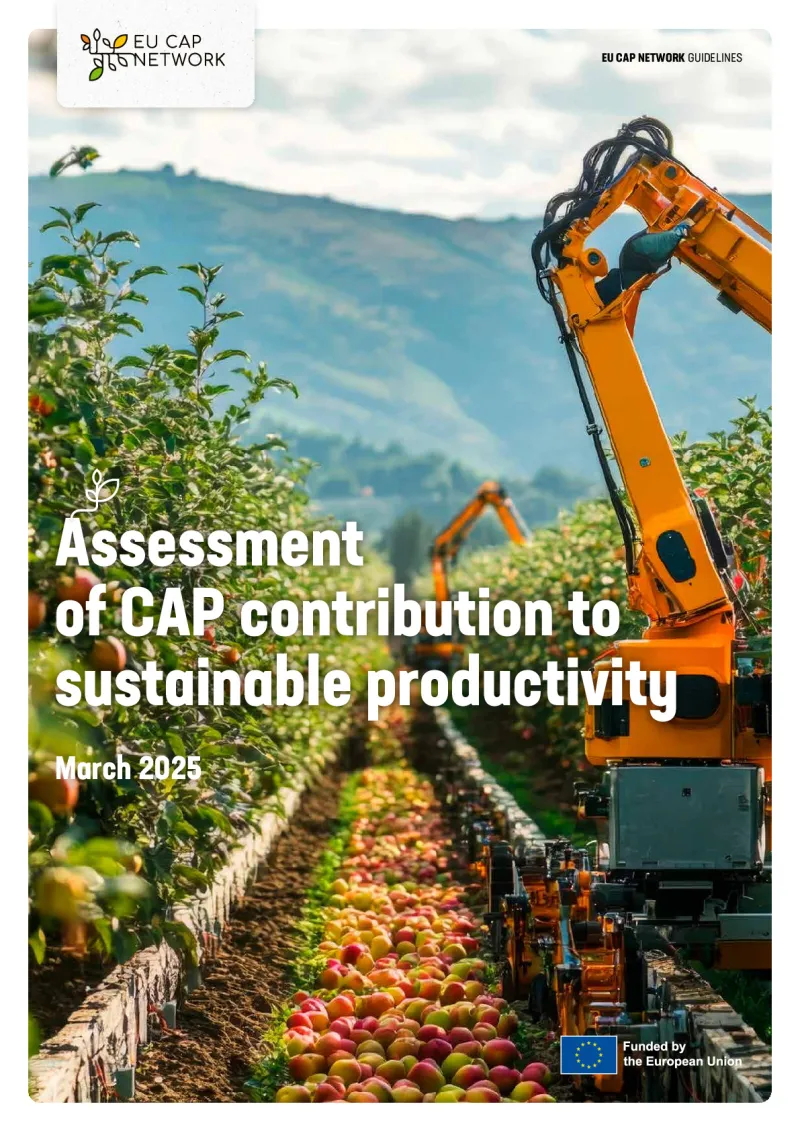Assessment of CAP contributions to sustainable productivity
Evaluation experts developed guidelines to measure productivity, accounting for not only the agricultural outputs but also the environmental and social outputs generated by the production process.
- 2023-2027
- Socio-economic impacts

The Thematic Working Group (TWG) on ’Assessment of CAP contributions to sustainable productivity’ has developed guidance to assist Member States in measuring productivity growth and evaluating the net contributions of CAP interventions on changes observed. It also acknowledges the role of farms in providing social and environmental benefits alongside agricultural output.
Farmers have always sought to improve their productivity by minimising their costs and maximising the efficiency of their production, avoiding wasting any resources. But the concept of sustainable productivity goes one step further, by considering the environmental and social outputs generated by the production process. It reflects the triple economic, environmental and social challenges facing the agricultural sector today.
Between April 2024 and November 2024, TWG participants explored the methodological and data challenges associated with the measurement of sustainable productivity, with a particular focus on total factor productivity. Based on a thorough review of existing literature, they selected a set of methods, describing their main features and providing guidance for their applications at Member State level.
The guidelines are designed to enhance technical expertise and promote the adoption of robust methodologies by Member States/evaluators seeking to evaluate the CAP’s impact on sustainable productivity.
The main document, along with its annexes, guides readers through various approaches, emphasising quantitative methods. It offers practical advice on data sources for evaluating sustainable productivity and includes methods, such as counterfactual impact assessments and correlation models, to assess the CAP’s role in observed productivity changes.
A wide range of methodologies is presented, accommodating different levels of complexity and data requirements. These approaches are suitable for all Member States, ranging from less resource-intensive methods to those demanding advanced econometric expertise.
Additionally, the TWG participants examined how simulation models could support Member States in conducting ex ante assessments of productivity changes driven by CAP Strategic Plans. These simulations draw on data from the previous programming period to provide forward-looking insights.
Author(s)
EU CAP Network